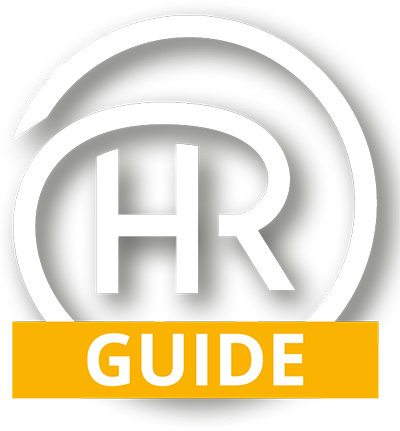Disciplinary – Introduction and Overview
Written by Andrew Johnson, Founder and CEO HRGuide - Thu 24th Oct 2024
Introduction
In any business you can have employees presenting repeated or serious misconduct issues. These might include persistent lateness, poor attitude, poor customer service or something more serious like theft. In these cases, you will need to take disciplinary action against them.
A disciplinary procedure is used by an employer to address an employee's conduct or performance. It's best to have an appropriate disciplinary procedure to ensure all employees are treated consistently and fairly. This should be made available to all employees as a HR policy in a handbook or a business’s intranet.
If not, employees could raise an unfair dismissal claim against you at an employment tribunal–where your business could suffer from reputational damages and compensation penalties. In this guide, we'll discuss what a disciplinary is, why you should have procedures in place, and how to conduct the best practice in your business.
What is a disciplinary?
A disciplinary is part of a process where an employer needs to formally acknowledge misconduct. In these cases, the employer may be concerned about an employee’s conduct, such as poor performance or behaviour. Disciplinary procedures should be outlined in the companies Disciplinary and Grievance Policy and referenced in all employee’s contracts. The Policy should explain how the employer handles such issues. The procedure should include a disciplinary hearing meeting in which the employee is given the opportunity to express their side of the story.
What types of behaviour are grounds for disciplinary?
The types of behaviour that qualify for disciplinary action are many and varied but certain incidents usually result in disciplinary due to nature of the misconduct. Here are examples of behaviours that lead to disciplinary action:
- Consistent lateness, sickness/absence, failure to meet operating standards – all these things impact the overall performance of the business.
- Sexual harassment or Discrimination.
- Theft or damage to Company property
- Gross negligence.
- Bullying.
- Bullying, verbal and physical assault.
It's critical to have a written policy in place to deal with such incidents. These incidents not only harm your business, but also the safety of your employees and customers.
Why do you need a disciplinary procedure?
There are so many reasons why you’d need a disciplinary procedure in place but first and foremost to ensure you treat all employees fairly and equally in the workplace. Other reasons include:
- Informing an employee that their behaviour is inappropriate.
- Resolving issues to encourage improvement.
- Imposing sanctions based on the severity of misconduct cases.
- Ensuring a fair process and avoiding an unfair dismissal claim.
If disciplinary policies and procedures are properly implemented, you can reduce the likelihood of being taken to an employment tribunal. Here, if the court believes your disciplinary process are unfair, you could face monetary penalties.
Steps before the disciplinary procedure
Before taking formal disciplinary action or starting the process, you need to consider the following steps:
- Informal discussion: A discussion is held with the employee to highlight the matter. This can be followed up with a “Letter of Concern” detailing the performance shortfall and an agreed action plan with timescales to resolve the issue.
- Written warnings: If the informal process fails then you might invite an employee to an employee disciplinary hearing. The outcome of this might be the issue of a written warning. A written warning includes details of the disciplinary action. The steps required before a final warning or dismissal should be outlined under your disciplinary procedure.
- Investigation: An investigation is followed when the misconduct needs to be fully investigated, often including witness statements etc.If it's a serious matter (like gross misconduct), you need to establish the facts before taking further action. You can suspend the employee whilst the investigations are carried out. However, suspension should always be used as a last resort.
Invite to a Disciplinary Hearing: You need to invite the employee to a disciplinary hearing and let them know the purpose of the meeting. This should be in writing and formally recorded highlighting their wrongdoings and state any potential outcome for their misconduct. Clarify the case against them and provide them with written evidence. This gives them enough time to prepare their response to your claims beforehand.
Remember, employees have the right to be accompanied at the hearing. They can attend with a colleague or a trade union representative.
It's important to have a reliable disciplinary process outlined in your employment handbook. This ensures everyone is aware of how employee misconduct is dealt with. If you don't follow a fair procedure and take inappropriate disciplinary action, you may be taken to an employment tribunal.
Download our more detailed step by step HR How to Guide for more detail on disciplinary procedures by subscribing to https://www.hrguide.co.uk/subscribe.php
If our step-by-step HR How to Guide doesn’t give you the support you need, simply call us on our HR Helpline for expert advice.

